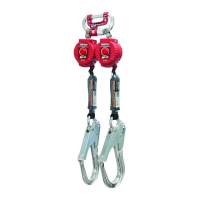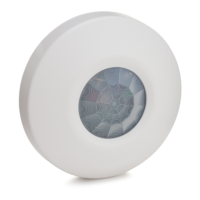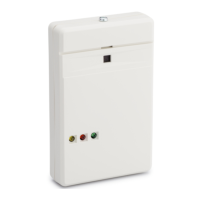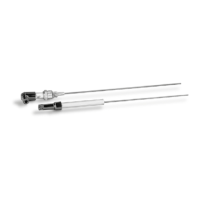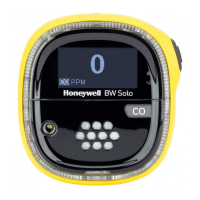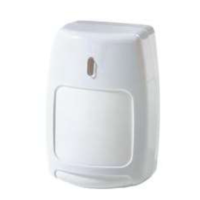CHAPTER
7
CHAPTER
7
TR50 - User Guide 76
MAINTENANCE AND
TROUBLESHOOTING
7.1 Maintenance
Regular maintenance is required in everyday use environments to ensure accurate
IAQ Sensor data. Depending on the environment, maintenance is done every 3 to 6
months. Public places with a high concentration of dust, dry seasons, pollen
seasons, and poor environmental cleanliness can shorten maintenance.
General maintenance includes: Cleaning the TR50 IAQ Sensor using a vacuum
cleaner to remove dust inside.
7.2 Troubleshooting
If a fault occurs in a typical use environment, see the below troubleshooting table.
Contact the dealer or manufacturer if the defect cannot be fixed.
Fault Condition Troubleshooting
PM1.0, PM2.5, and PM10 data are
abnormal; the deviation is too large, and
the value is too high or too low.
Check whether debris or dust is in the sensor
housing or the air inlet and outlet.
The CO
2
data is abnormal; the value is too
high or too low.
The CO
2
sensor has a self-calibration function
inside. Usually, the self-calibration will return CO
2
values to normal.
Self-calibration conditions: The CO
2
concentration is around 400 ppm for at least 4
hours every 24 periods. The self-calibration
environment should last for one week.
TVOC's deviation is too large (high or
low).
TVOC in the environment needs to be stabilized for
at least 48 hours after the sensor is powered ON.
TVOC data deviation may be large within a short
time after power is ON. TVOC baseline deviation
may result in large data deviation. The equipment
can be placed outside the window or outdoors for
at least 24 hours when the outdoor air is good and
clear, allowing TVOC to retrace its baseline.

